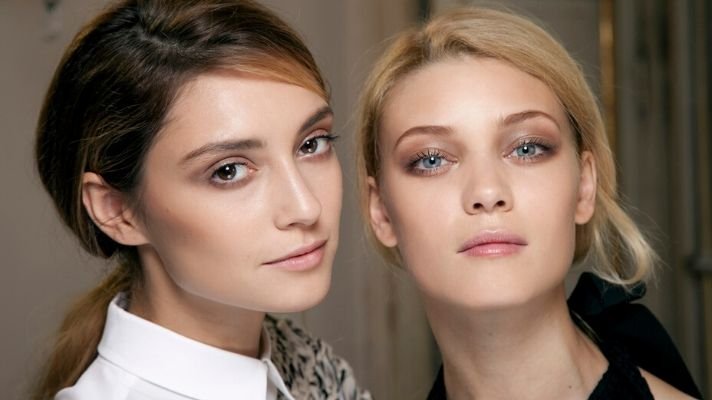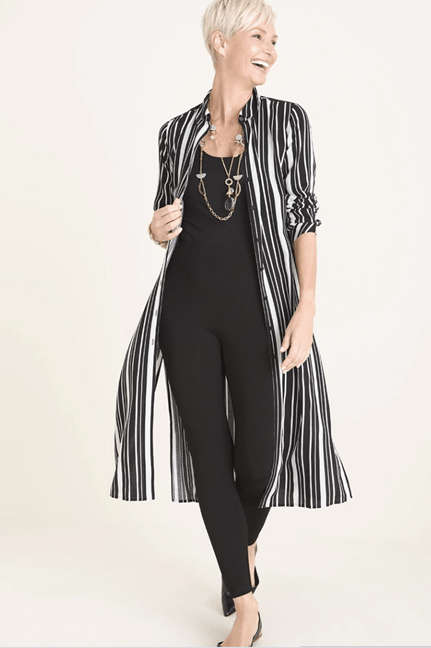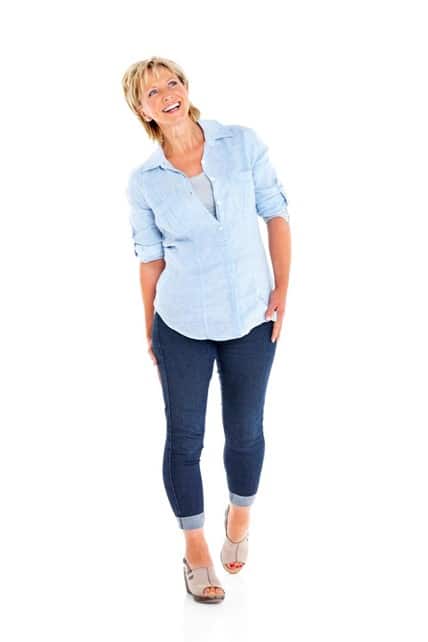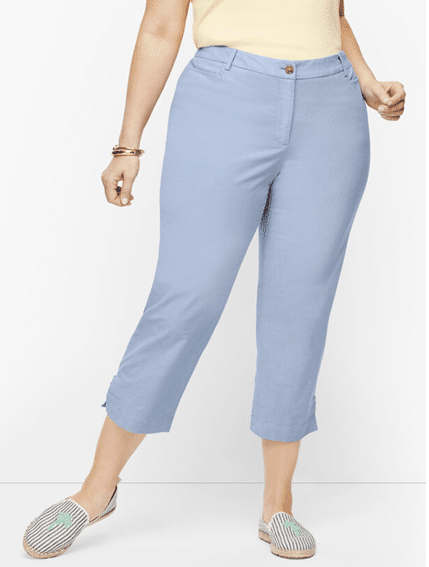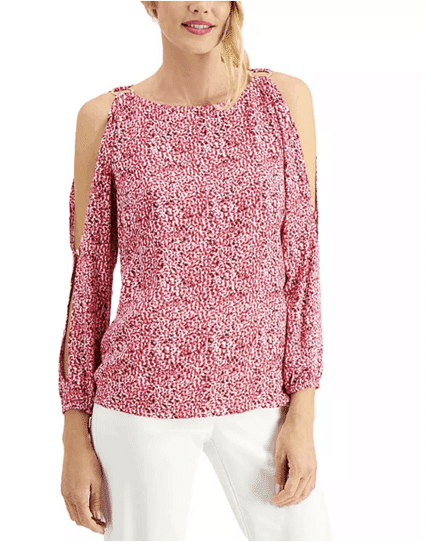Facing Alcohol Addiction After 60

In her late 70s, Becky, felt out of place during the Covid-19 crisis. She was finally coming to grips with her alcohol addiction. The problem was exacerbated by her use of prescribed medications – medications she needed to navigate aging.
“It started with a drink to help me sleep and turned into several drinks to get through the day and then eventually a bottle a day.”
“I no longer worked, lost my spouse, and had new aches and pains. Suddenly, I found myself drinking to cope,” she shared. “It wasn’t until I fell and hurt myself while drinking that I decided to use my savings for help at a women’s treatment center.”
Two Categories
Older women wrestling with addiction, are in two categories – early onset and late onset. Early onset is those who began drinking before 60 (usually in their teens). Those like Becky are considered late onset.
Late onset drinkers are likely to have been “teetotalers” before their golden years. Both types of drinking patterns have unique sets of problems and effects.
Substance Abused Is Overlooked in Older Women
Sadly, older women who struggle with substance abuse are overlooked and face barriers to age-appropriate treatment. Unlike other groups, women over 60 are not screened much by health care providers for substance abuse.
More often the effects that are present, like falling, memory loss, weight fluctuations, and more, are attributed to other things.
Not All Programs Are Appropriate
At 60-plus, we’re definitely not good candidates for some programs. A wilderness recovery program where one would rock climb, zip line, and engage in high adventure are less than ideal. If lucky, an older woman without private insurance might even find the right facility. Yet fewer and fewer effective programs are taking Medicaid and Medicare.
Older women who struggle with substance abuse may not believe anything is significantly wrong to warrant treatment interventions. They often just chalk it up to “old age.”
The National Institute on Alcohol Abuse and Alcoholism recommends those over 65 consume no more than one drink per day or seven a week. However, if you’re drinking even a minimum amount and having problems, you’ll want to have a serious discussion with your doctor.
How to Identify Alcohol Addiction?
Start by self-identifying these common problems:
- Broken or increasingly brittle bones
- A tendency to neglect grooming
- Increased tolerance to alcohol or medications
- Recurring injuries or falls
- Incontinence
- Newer difficulties in making decisions
- Sleep problems and headaches
- Blood pressure that fluctuates all the time
- A constant feeling of social isolation or estrangement from loved ones
- Seizures with no known cause
- Trouble complying with medical advice or making it to appointments
- Stomach or gastrointestinal distress
- Frequent visits to the emergency room
- Changes in weight and/or appetite
These can be signs of other health issues, yet for those who drink regularly or a lot, they often have ties to alcohol use.
Alcohol Metabolism in Women Over 60
If you’re still not convinced cutting alcohol way back or all together is a good idea, consider the following:
As older people, we metabolize alcohol more slowly than our younger selves. That “woozy” effect we get from an evening cocktail or wine with dinner will last a lot longer.
The scientific reason is we lack higher levels of the enzyme called alcohol dehydrogenase (ADH). Women have half as much of this enzyme in our bodies than men to begin with.
ADH runs abundantly through our system when we’re young.
Why is this important? ADH is needed to break down alcohol – a toxin when in our system. According to Alexis Kuerbis, a social worker who specializes in alcohol use disorders at New York’s Hunter College, we start losing ADH significantly from our system at the age of 50.
As older adults, our bodies also have less water in them. When we drink, more of the alcohol stays in our blood as we just aren’t as hydrated as we used to be.
16 Tips of Alcohol Consumption
If you do choose to drink, you may want to take these actions:
#1 Limit yourself to one drink.
#2 Turn that glass of wine into a wine spritzer.
#3 Keep a drinking diary including what and how much you drank and where you were. Discuss it with your doctor or health professional.
#4 Always drink lots of water, soda, or juice after having an alcoholic beverage.
#5 List reasons to curtail your drinking – like sleeping better, feeling healthier, or improving relationships.
#6 Don’t drive – even after one drink. As older people, our reflex times are impaired even without alcohol in our blood.
#7 Don’t drink alone, and consider switching to no alcohol “mocktails” when socializing. They are popular and filled with nutrients, unlike alcohol.
#8 Try an AA meeting for support to stop drinking. You’ll find people of all ages and meetings that are gender or age specific.
#9 Discuss your real drinking habits with your doctor and find out which of your prescriptions prohibit you from drinking.
#10 Don’t keep alcohol in your home. Having no alcohol there can help limit drinking.
#11 Drink slowly, sip your drink, and never drink on an empty stomach.
#12 Pick alcohol-free days. Decide not to drink a day or two each week or maybe stop for a week or a month. See how you feel emotionally and physically without alcohol in your life. By taking a break from alcohol, you’re on your way to drinking less.
#13 Watch out for pressure from others. Practice ways to say no politely. You don’t have to drink just because others are.
#14 Don’t give up. Most people are successful after several attempts. You’ll probably have setbacks, but don’t let them keep you from reaching your long-term goal.
#15 Don’t replace alcohol with things like pot or other medication. Trading one health problem for another just isn’t success.
#16 Take a walk, play sports, get takeout at a venue not serving alcohol, or watch a movie – these activities are wonderful alternatives to drinking.
Perhaps you’re drinking a glass of wine at home alone while you’re reading this blog. Ask yourself if you need that glass of wine. The answer should almost always be “no” when you’re over 60. It’s just not worth it for so many reasons.
Have you ever suffered from alcohol abuse? What was it like? Why did you start drinking? How did you manage to cut back or stop? Please share your experience and let’s help each other.
Read More


